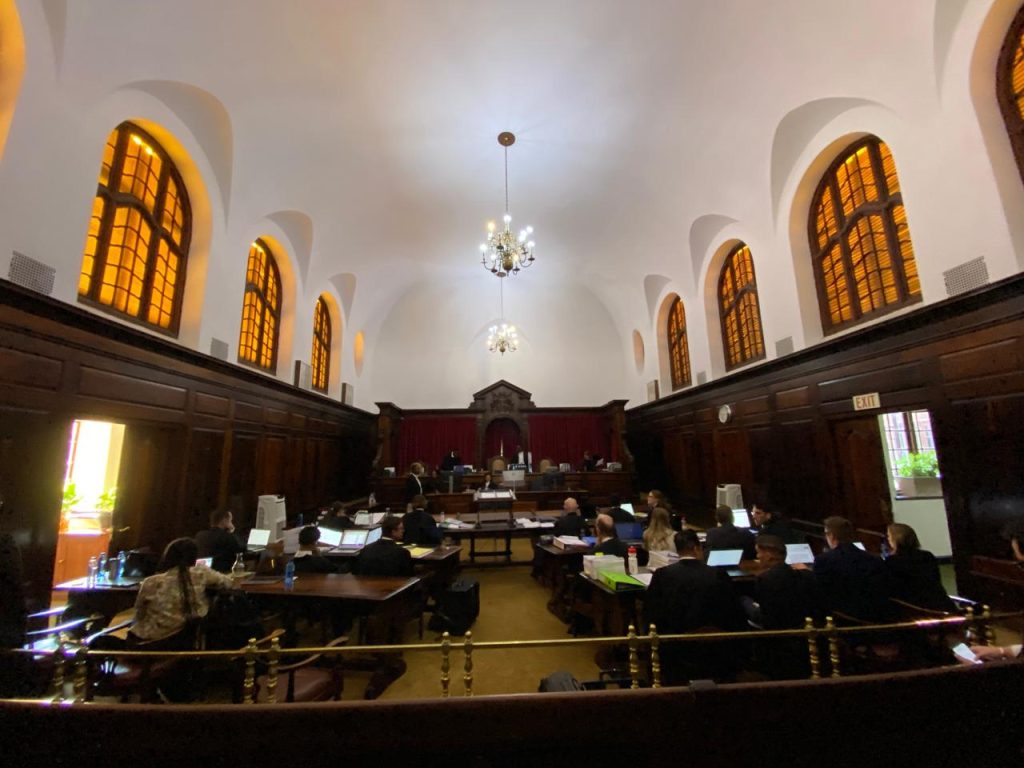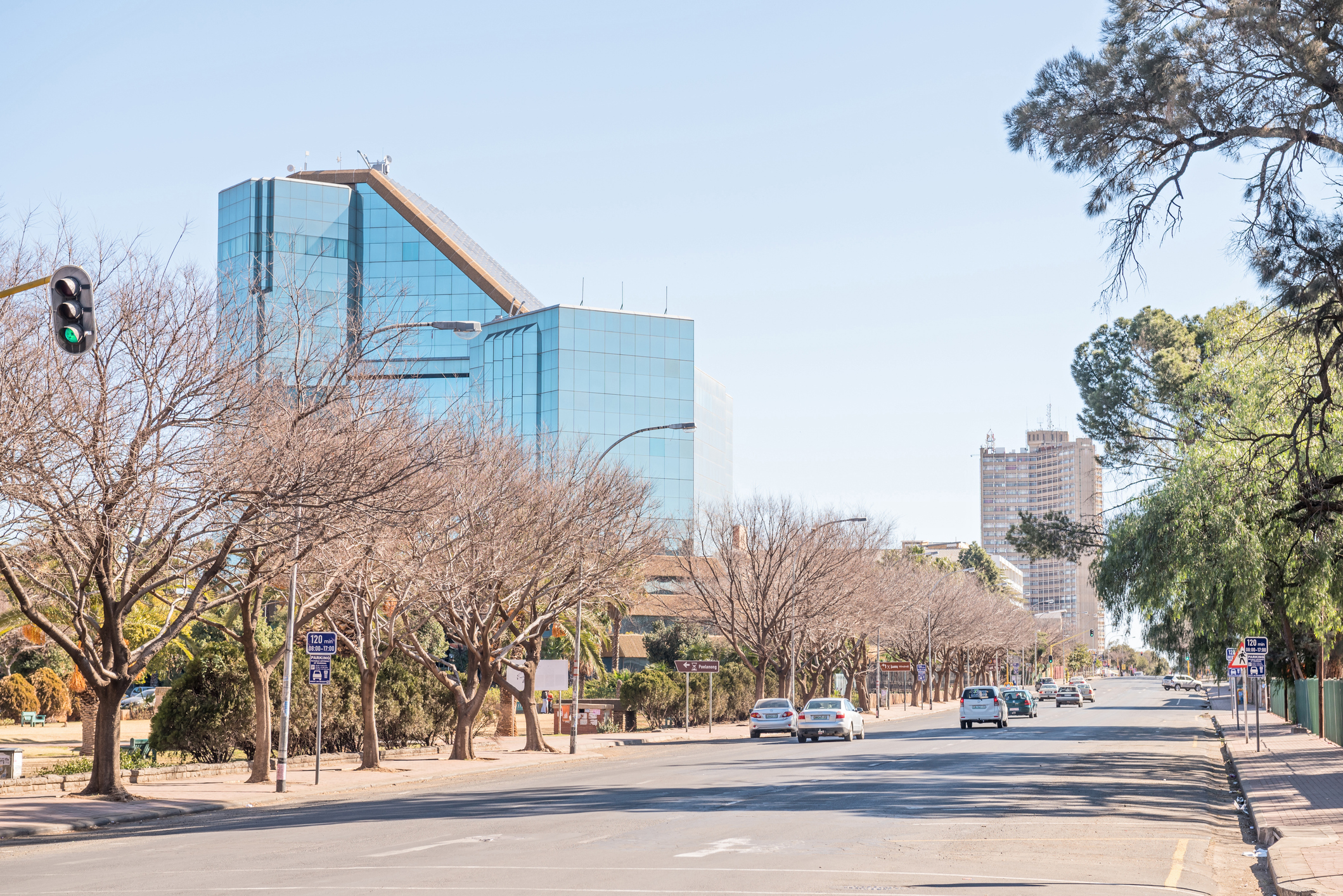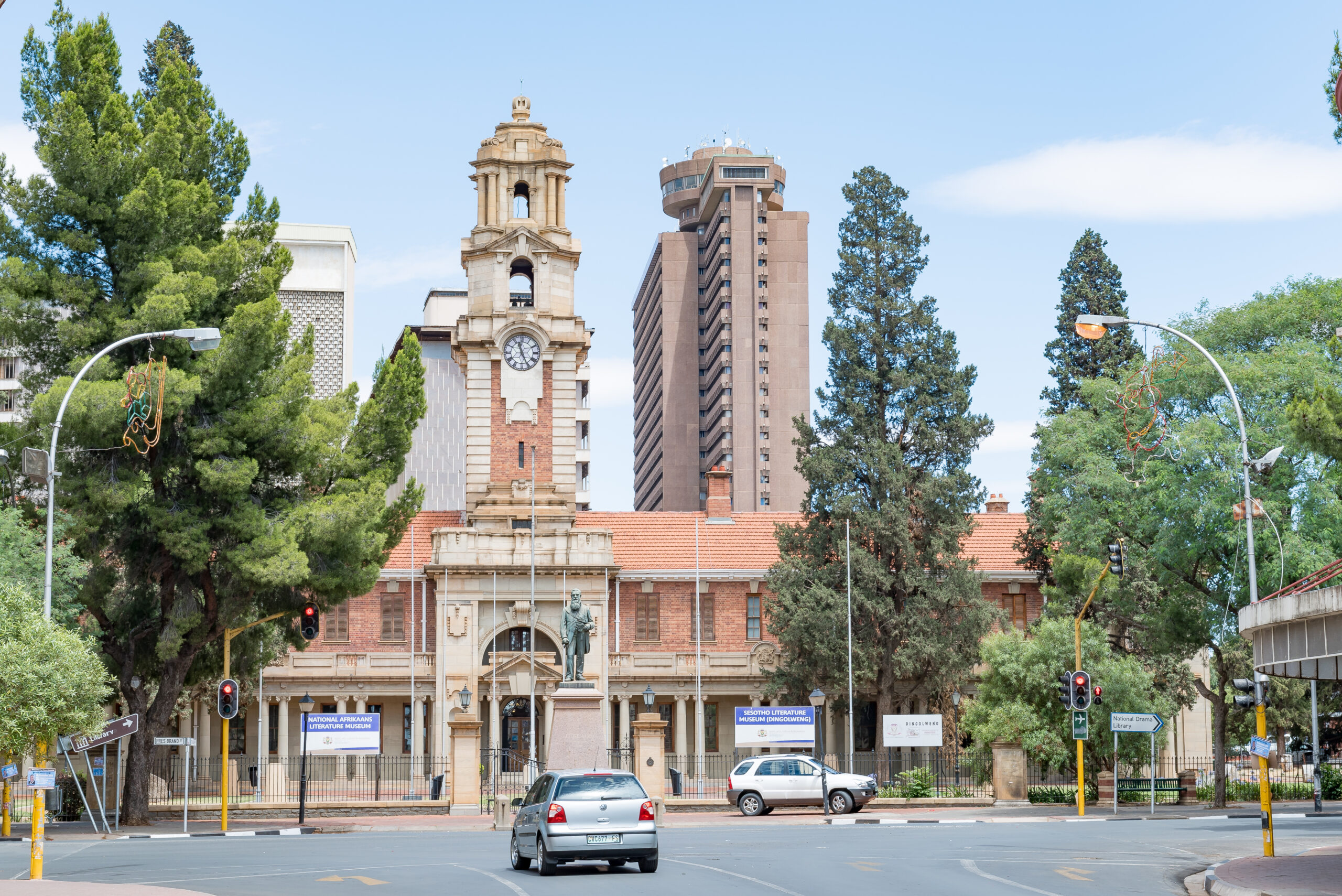The two-pot retirement system, introduced on 1 September 2024, is a landmark reform in South Africa’s pension landscape. Designed to give members earlier access to their retirement savings while preserving long-term security, the rules are intricate and often misunderstood. Many South Africans may only discover the real impact of these changes at retirement, which could lead to unpleasant surprises.
This article breaks down the essentials of the system in clear, practical terms, excluding certain exceptions such as preservation funds and members of provident funds aged 55 or older on 1 March 2021.
Why It’s Really a Three-Pot System
Although referred to as the “two-pot system,” in practice, there are three distinct components:
- The vested component
- Available only to those who were already fund members before 1 September 2024.
- It represents the fund balance as at 31 August 2024, less the “seed capital” transferred to the savings pot.
- The seed capital is the lower of 10% of your fund balance or R30,000.
- No new contributions are added to this pot after September 2024.
- On retirement, one-third may be taken as a lump sum, with the remainder converted into monthly annuities.
- The savings component
- Seeded with the transfer from the vested pot.
- From September 2024, one-third of all new contributions flow into this pot.
- Accessible once a year (minimum withdrawal R2,000), even before retirement.
- However, withdrawals come with severe tax consequences.
- The retirement component
- Receives two-thirds of all new contributions.
- Locked until retirement, and payouts can only be made through monthly annuities.
- No lump sums are allowed from this pot, unless its total value is R165,000 or less
The Tax Trap: Why Early Withdrawals Hurt
The two-pot retirement system allows pre-retirement withdrawals from the savings pot but at a steep price.
- Withdrawals are taxed using the normal progressive tax tables (the same as your salary). This is far harsher than the retirement tax tables.
- If you wait until retirement, the first R550,000 of your lump-sum withdrawal is tax-free, with amounts above that taxed at preferential rates.
- If you empty your savings pot before retirement, you lose the opportunity to access a lump sum at retirement. You’ll be left only with the compulsory annuities from your retirement pot.
Long-Term Consequences: Less Cash at Retirement
For members with a vested pot, the old rules still apply to that portion: one-third can be taken as a lump sum at retirement, and the rest must fund annuities. However, frequent pre-retirement withdrawals reduce your final retirement benefits significantly.
In short:
- You pay higher taxes on early withdrawals.
- You shrink the lump sum available at retirement.
- You reduce your ability to leverage compound growth over decades.
Key Takeaway
While the two-pot retirement system gives members flexibility, it also tempts them into making short-term withdrawals that compromise long-term financial security. Unless it’s absolutely necessary to cover essential living expenses, it is advisable to avoid tapping into your savings pot before retirement.
By understanding how the three components work, vested, savings, and retirement and the tax consequences of withdrawals, you can make informed decisions that protect your financial future.






